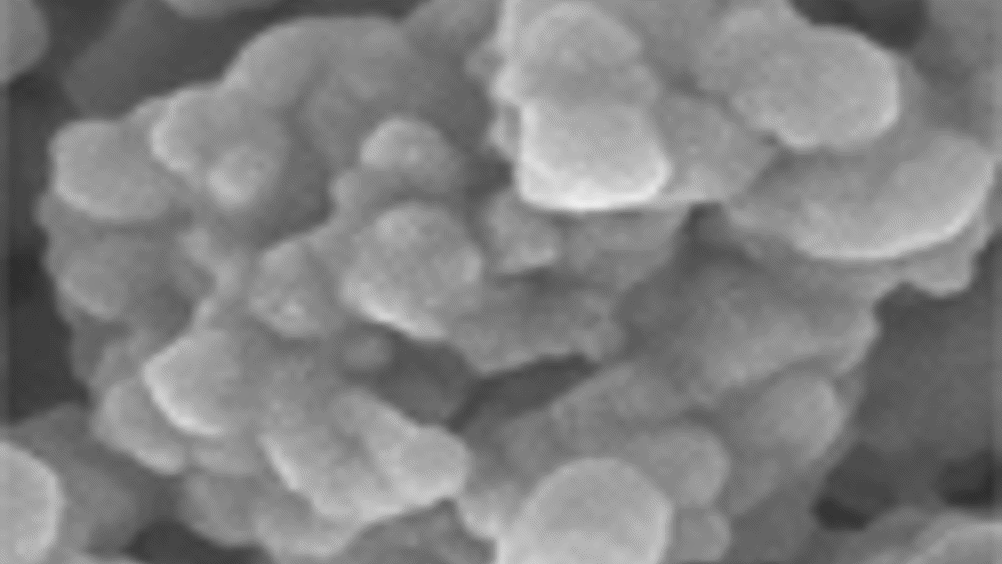Bone stretching

A device that could help repair skeletal malformations has been developed by Helsinki University of Technology (TKK) alongside the Orton Invalid Foundation in Finland.
Based on bone marrow nailing, the system works by placing a nail in the long bone of an artificially fractured limb and slowly extending it. The bone’s normal healing process means that new bone will grow in the fracture cleft, thus lengthening the limb.
Describing the system, researcher Antti Ritvanen, said: ‘The nail does not contain electronics; rather its operation is based on achieving lengthening by the innovative use of a smart material that reacts to a magnetic field. The benefits of the technology are a high degree of reliability, controllability, cost-efficiency and patient friendliness.’
Juha Haaja added: ‘Four times per day, the patient places his foot on an automatic home care device that produces a magnetic field, at which time, a daily stretching of about one millimetre is divided into smaller steps. Lengthening can be carried out painlessly at home, even while lounging on the sofa, and only takes a few minutes of the day.’
Register now to continue reading
Thanks for visiting The Engineer. You’ve now reached your monthly limit of news stories. Register for free to unlock unlimited access to all of our news coverage, as well as premium content including opinion, in-depth features and special reports.
Benefits of registering
-
In-depth insights and coverage of key emerging trends
-
Unrestricted access to special reports throughout the year
-
Daily technology news delivered straight to your inbox










Water Sector Talent Exodus Could Cripple The Sector
Maybe if things are essential for the running of a country and we want to pay a fair price we should be running these utilities on a not for profit...